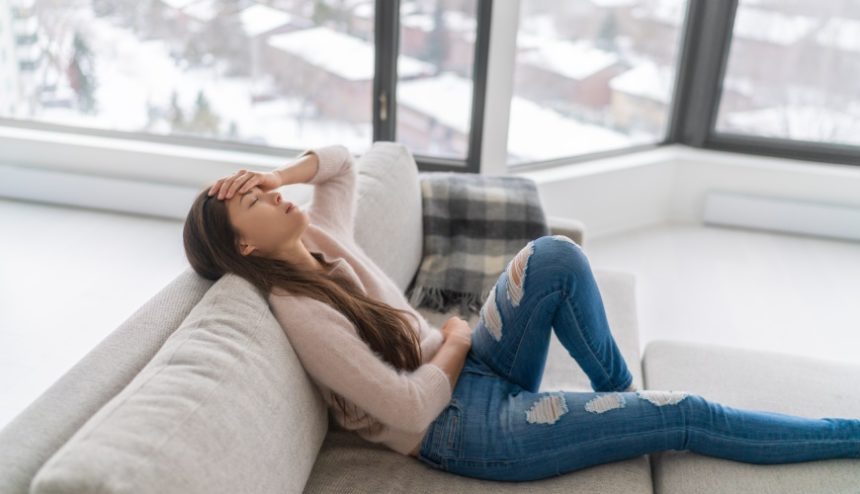It should be comforting that enduring a cold, dark Minnesota winter is still better than living in Barrow, Alaska, where the winter sun is absent for 67 days! But if our long winter tends to make your mental health more of a concern, there are ways to get through it—even if you don’t want to venture out.
Seasonal Affective Disorder
The depression type called Seasonal Affective Disorder (SAD) is often more predictable than other types of depression. For those with SAD, the symptoms usually occur as daylight grows shorter in the fall and lasts through the winter—improving when sunlight lasts longer. (Some people may develop a type of SAD in the spring/summer.)
the symptoms usually occur as daylight grows shorter in the fall and lasts through the winter—improving when sunlight lasts longer. (Some people may develop a type of SAD in the spring/summer.)
The symptoms of SAD may be improved by using light therapy—such as the “Happy Light.” The electric light panel mimics natural outdoor light and can cause a change in brain chemicals linked to mood. Many people find light therapy to be effective in relieving SAD symptoms. Medication or psychotherapy may also be needed when symptoms are severe.
Signs of SAD
- Depression that doesn’t lessen from day-to-day
- Disinterest in things you enjoy
- Low energy and trouble sleeping
- Changes in weight or appetite
- Difficulty focusing on daily tasks
- Thoughts of death or suicide
Winter SAD symptoms may also include oversleeping and low energy, or craving high-carbohydrate foods leading to weight gain.
Prioritize You and Stay Connected
If you have concerns about winter depression, talk to your doctor. Admitting your struggles aloud can help, whether with your doctor or mental health professional. Telehealth mental health visits may be prescribed if you’re reluctant or unable to go out.
Staying in touch with family and friends is also important. Find creative ways to stay connected when we become a little more isolated during the winter months. Be proactive and set a date to get together! Make it more impactful by finding a way to move. Walk and talk through the mall, try ice skating or snowshoeing, or try a fitness class together. If seeing people face-to-face is not an option, use your smartphone to Facetime with them, and make an effort to call or text to check in occasionally if the weather keeps you indoors.
Vitamin D and Nutrition
In addition to using a Happy Light or a similar product to mimic sunlight, have your vitamin D levels checked—low vitamin D can affect mood. The good news is, vitamin D can be increased by exposure to the sun in just 10-15 minutes per day (but not through a window). Whether your depression is seasonal or year-round, good nutrition and vitamins can also help, so check with your doctor. Another thing to consider is avoiding alcohol during this time. Drinking can further depression and create a downward spiral.
Dawn Simulator
Investing in a dawn simulator alarm clock can help people with SAD symptoms. Rather than waking you with beeping or music, the alarm clock produces light that gradually increases in intensity, similar to the sun. Choose one that provides full-spectrum light which is closest to natural sunlight. Keeping a regular sleep schedule that is consistent and predictable can also help alleviate symptoms of seasonal depression.
Try Something New
You may not be enjoying some of your regular activities, so take this time to try something new rather than avoiding everything altogether. For example, consider a mind-body connection activity such as yoga or meditation. Or do something out of the ordinary, such as trying a new recipe, listening to a different genre of music, or watching a funny movie you haven’t seen in a long time. Give it a go for 10 minutes and see if it helps lighten your mood.
Begin to make your winter mental health plan now by using a few of these tools to help you regain your mental health balance.

